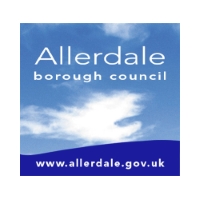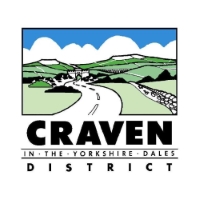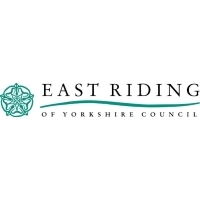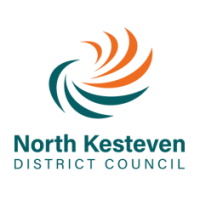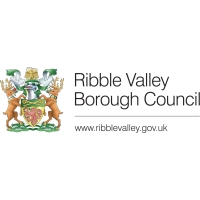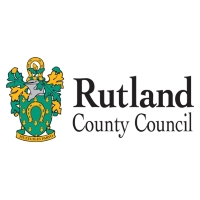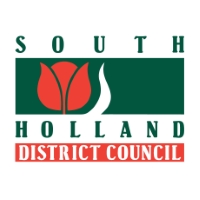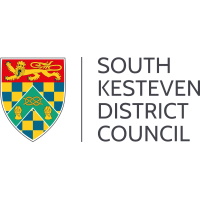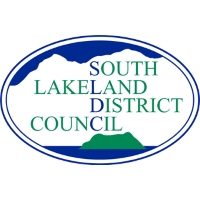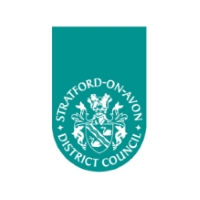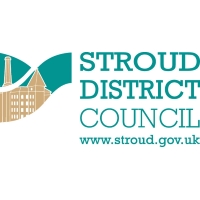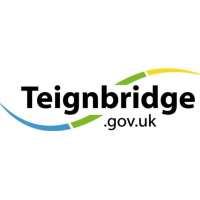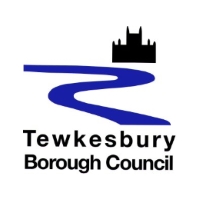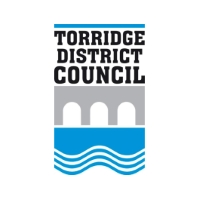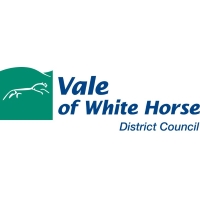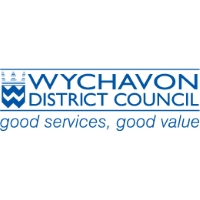01.09.2022
Levelling Up: Missions and Metrics - Analysis of Mission 3
local authority
levelling up
Levelling Up Analysis

Levelling Up: Missions and Metrics
“The Levelling Up White Paper sets out twelve missions that support key levelling up objectives. These outline the medium-term ambition for the UK Government and act as an anchor for the expectations and plans of the private sector and civil society.”
| The Rural Services Network has explored the missions and metrics and as part of their membership offer, has created an analysis for each local authority in SPARSE membership of RSN. This shows their position compared to other rural local authorities and the England Average. This enables the council to see their performance for each of the measures that the Government says it will be focusing on. |
|
Mission 3: By 2030, local public transport connectivity across the country will be significantly closer to the standards of London, with improved services, simpler fares and integrated ticketing.
Principal objectives:
Boosting productivity, pay, jobs, and living standards by growing the private sector, especially in those places where they are lagging
How does this mission relate to spatial disparities?
This mission aims to begin redressing geographic imbalances in the UK’s transport infrastructure, an important element of physical capital, to boost the productivity of places outside London and unlock access to jobs. Achieving this mission would also contribute towards the UK reaching its Net Zero target by delivering more effective public transport. Transport modes such as buses, cycling and walking play a crucial role in enabling access to work for the isolated and vulnerable, while reducing congestion for other road users.
Metrics considered within the analysis:
- Travel time in minutes to nearest employment centre with 500 to 4999 jobs by Public Transport/Walk
- Travel time in minutes to nearest employment centre with at least 5000 jobs by Public Transport/Walk
- Travel time in minutes to nearest employment centre with 500 to 4999 jobs by Walk
- Travel time in minutes to nearest employment centre with at least 5000 by Walk
- Travel time in minutes to nearest employment centre with 500 to 4999 jobs by Car
- Travel time in minutes to nearest employment centre with at least 5000 jobs by Car
- Travel time in minutes to nearest employment centre with 500 to 4999 jobs by Cycle
- Travel time in minutes to nearest employment centre with at least 5000 jobs by Cycle
|
You can download your tailored analysis by clicking on your authorities logo below:
